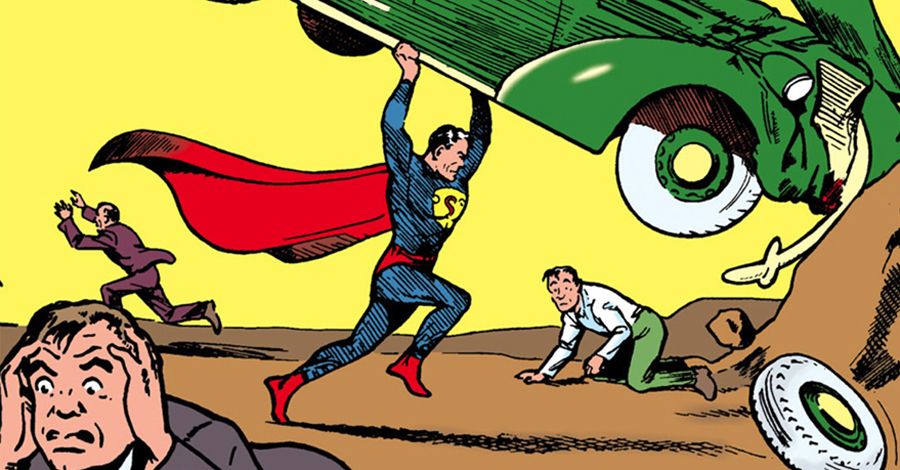Exhibits | The media got a first glimpse Wednesday in London of the "Impossible Collection (DC Chapter)," which features more than 1,000 DC classics, including the first appearances of Superman (Action Comics #1) and Batman (Detective Comics #27). It will go on a worldwide tour later this year. The collection is the property of Ayman Hariri, the son of former Lebanese prime minister Rafik al-Hariri, and it didn't take him very long to amass it: He stared collecting after his father was assassinated in 2005, inspired by a drawing his father had done of Superman. [Reuters, The Upcoming]
Legal | A federal judge has dismissed a case that sought to determine whether the character Buck Rogers is in the public domain. The dismissal doesn't address that question directly but was based on the fact that there was no "immediacy" or "reality" to the case, because there is no imminent plan for the plaintiff, Team Angry Filmworks, to create a work that would infringe on any possible copyright. [ICv2]
Legal | Timothy Geigner looks at the timeline of the trademark dispute over the term "Space City," which the Greater Houston Convention and Visitors Bureau is trying to wrest away from Space City Comic Con, and finds it a little fishy: The convention bureau didn't seem to care too much until it acquired a partial stake in a competing comic event, Comicpalooza. "That the name went unchallenged for several years is a wonderful indication that, assuming the Bureau wants to claim infringement, it wasn't bothering to police its trademarks properly. The article quotes a rep for the Bureau claiming it was unaware of the comics convention, which seems strange since knowing and promoting such conventions is the entire point of the Bureau to begin with." [Techdirt]
Political cartoons | The Kenyan cartoonist Gado, who was recently fired by the newspaper The Nation, has landed a new gig with the German media company Deutsche Welle, which broadcasts in a number of languages, including Kiswahili. Gado accused The Nation of letting him go because his cartoons were critical of the current government. [Tuko]
Comics | Glen Weldon, author of the new book The Caped Crusade, describes how Batman has changed over the years: "Comics, up until about 1970, were written for kids. And when the Batman television series died, the makers of the Batman comics realized they had to do something. So they said, we need to figure out how to give this character a personality, really, because up to then he'd been a cop in a cape, like a lot of other superheroes. So they decide to look back at the very beginning of Batman, where he has an origin ... and they saw this one panel, where this young boy, Bruce Wayne, decides he's going to dedicate the rest of his life to warring on all criminals. He swears an oath. This oath is a very, it's a childish notion, but that's its power, because he is not dedicated to going after the guy who killed his parents — he's dedicated to fighting capital-C Crime. And so they made Batman an obsessive." [NPR]
Creators | Daniel Clowes discusses his latest graphic novel, Patience. [Longreads]
Creators | Peter Bagge interviews fellow cartoonist Kaz about comics, music, and his hard-knocks life. [The Comics Journal]
Creators | Simon Hanselmann talks about his new book, Megg & Mogg in Amsterdam and Other Stories. [Format]
Creators | Inio Asano, creator of Nijigahara Holograph, Goodnight PunPun, and A Girl on the Shore, talks about how he connects his own experiences to his work, the increasing difficulty of including sexuality in "normal" manga, and why he sometimes uses a simple drawing style: "One of my ambitions is to maintain that young people read my work. I don't mind if they don't understand the story in its entirety. Years will pass, and then those readers will be older and more mature. Maybe then they will read the manga again and understand it in a totally different way. This is what I would like to see happen as a creator. But Japanese readers are acquiring more simplified tastes, they don't like difficult stories. Your work has to be eye-catching. If that means drawing characters with attractive designs, even moe designs, so people will be encouraged to read the manga, I don't mind doing it to avoid immediate rejection." [Anime News Network]




